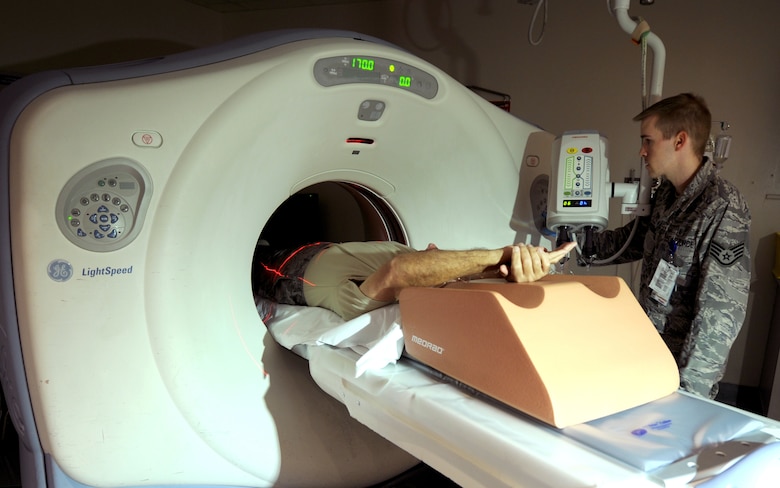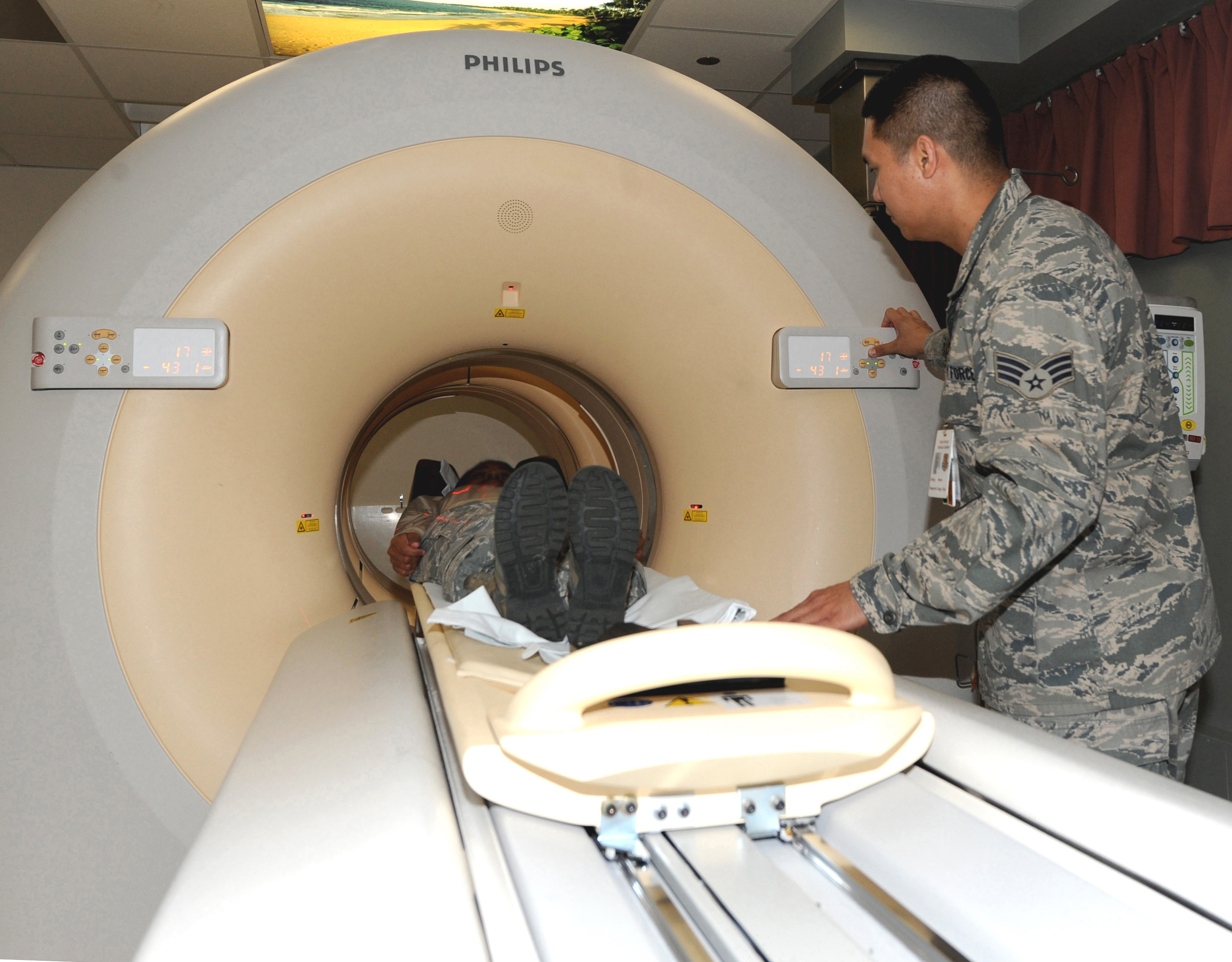
A CT or CAT scan is a reduced name for electronic tomography. A CT scan takes pictures of the within the body. The pictures are more in-depth than a typical x-ray. During a CT scan of the chest, pictures are taken of random samples or slices of the thoracic structures in your body. The thoracic structures include your lungs, heart and the bones around these locations. When contrast is utilized during a CT scan of the chest thoracic structures are highlighted even more. CT scans can help determine a diagnosis early. Your doctor will use this info to identify the best treatment for you.
Using a CT Scan increases the detection of lung cancer at Stage 1 up to the rate of 85 percent. Lung cancer is often found when the tumor is reasonably large, which results in treatment that may need more extensive surgery, chemotherapy, and/or radiation therapy and less beneficial outcomes when compared to finding cancer previously. By utilizing low-dose spiral computed tomography (Spiral CT), an unique kind of X-ray imaging more sensitive than routine chest X-rays, we anticipate finding more lung cancer cases at an earlier stage of growth and enhancing survival rates. Another benefit to low-dose radiation imaging is that the quantity of radiation a person would get is https://en.search.wordpress.com/?src=organic&q=CT Scan substantially reduced as compared to that of a standard-dose diagnostic CT
. CT lung screening is a noninvasive, painless treatment that utilizes low-dose x-rays to evaluate the lungs for cancer in simply 30 seconds. A CT lung screening permits the radiologist to look at different levels, or pieces, of the lungs, using a rotating X-ray beam. https://ubidmri.com It is performed on a multislice spiral computed tomography (CT) scanner and can find smaller sized blemishes or cancer than basic chest X-rays. A growth or blemish is a mass of cells that grows on the lungs. It can be benign (noncancerous) or malignant (malignant). By finding deadly growths in an early stage with CT lung screening, the cancer cells can be dealt with at a time when cancer still has appealing survival rates and is localized to the lungs.
While positioning you on the examination table, the technologist will explain your treatment and respond to any concerns you might have. If contrast color is being utilized, it will be injected through your IV. Throughout the injection, you might experience a warm experience all over your body and a metal taste in your mouth. This is typical. If you experience any itching, sneezing, nasal blockage, scratchy throat or swelling of your face, please notify the technologist right away.
Most often, you will be asked to lie flat on your back with your arms over your head. Some scans may need you to be positioned in your corner or stomach. The table you are on will slide into the scanner. The scanner is open at the back and the front, enabling you to see out. The technologist will always be able to see and hear you throughout your examination. You will be asked to hold extremely still and at times to hold your breath. This treatment usually takes between 15 and 30 minutes.
A CT (computed tomography) scan uses X-rays to make in-depth pictures of your body and structures inside your body. A CT scan of the chest can give your medical professional details about your lungs, your heart, and other structures in your chest. Throughout the test, you will rest on a table that is connected to the CT scanner. The CT scanner is a large doughnut-shaped maker.
UBid Imaging and Diagnostics, LLC
Business Office
Tollfree 855-286-7400
2135 City Gate Lane,
Suite 300
Naperville, IL 60563






